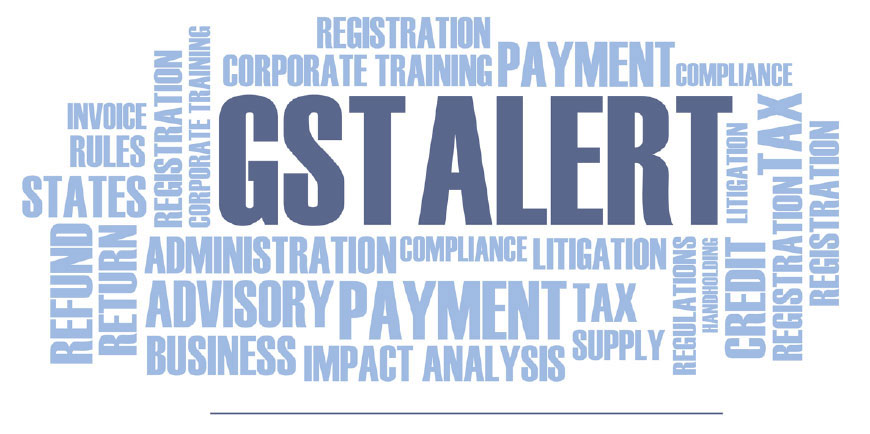- Dated 07th October, 2025

Refund of Accumulated ITC under Inverted Duty Structure - Allowable even when Input and Output Attract the Same Rate of GST
Facts of the Case:
The assessee, a public sector undertaking, is engaged in the supply of petroleum products including petrol, diesel, kerosene, and LPG. In the instant case, the assessee sought refund of accumulated Input Tax Credit (ITC) under Section 54(3)(ii) of the CGST Act, 2017, on account of inverted duty structure. While its output supply of bottled LPG was taxed at 5%, several inputs such as safety valves, caps, O-rings, and seals attracted higher GST rates of 18% and 28%, leading to accumulation of ITC. However, the Department rejected the refund claim on the ground that both the principal input (bulk LPG) and the output (bottled LPG) were taxable at the same rate of 5%, relying on Circular No. 135/05/2020-GST dated 31.03.2020.
Assessee's Contention:
The assessee contended that Section 54(3)(ii) of the CGST Act does not restrict refunds only to situations where the principal input is taxed higher than the output. Refund should be granted whenever accumulated ITC arises due to any input attracting a higher tax rate than the output. The assessee again contented that multiple inputs were taxed at 18% and 28% while the output LPG was taxed at 5%, thus resulting in an inverted duty structure. The assessee also argued that Circular No. 135/05/2020 dated 31.03.2020 (supra) wrongly imposed a restriction, but this was later removed by Circular No. 173/05/2022 dated 06.07.2022, which clarified that refunds are permissible even when input and output are taxed at the same rate. The assessee further claimed that since the circular issued is beneficial, it must be applied retrospectively, and also sought statutory interest on delayed refunds under Section 56 of the Act.
Department's Contention:
The Department rejected the assessee's refund claim primarily on the basis of Para 3.2 of Circular No. 135/05/2020-GST. It argued that since both the principal input (bulk LPG) and the output (bottled LPG) were taxed at the same rate of 5%, there was no case of an inverted duty structure as contemplated under Section 54(3)(ii) of the Act. Therefore, according to the Department, refund of accumulated ITC was not admissible to the assessee. The Department also maintained that the refund provisions were to be construed strictly and any accumulation of ITC in this case was not refundable.
Decision:
The High Court held in favour of the assessee, observing that Section 54(3)(ii) does not confine refunds only to cases where the rate on the principal input is higher than the output. Refund is permissible wherever ITC accumulates due to any input attracting a higher rate than the output. The Court clarified that Circular 135/2020 could not be relied upon as the restriction it imposed was subsequently deleted by Circular 173/2022, which must be applied retrospectively. The Court also emphasized that 'Net ITC' covers all inputs, irrespective of their rates, and that beneficial circulars are to be interpreted liberally. Consequently, the impugned orders denying refund were quashed and assessee was directed to receive refund of the accumulated ITC along with statutory interest under Section 56 of the CGST Act.
BTA Comment:
The High Court reaffirmed that Circulars cannot override the provisions of the CGST Act, statutory entitlement to refund cannot be curtailed by executive instructions. The plural use of "inputs" in Section 54(3)(ii) indicates that refund eligibility must be assessed considering all inputs collectively, not only the principal input. The ruling stressed the objective of GST to avoid cascading of taxes and held that denying refunds where input and output rates are the same defeats legislative intent.
Case reference: Indian Oil Corporation Ltd. v/s Assistant Commissioner of Central Tax(2025) 29 Centax 452 (Kar.) [20-08-2024]
Author: Sneha Jhunjhunwala
Edited by: Shaily Gupta
Contact Us
BT Associates
Call: 033 2534-2717 /
033 6451-8729
Mail: enquiry@btassociate.com






